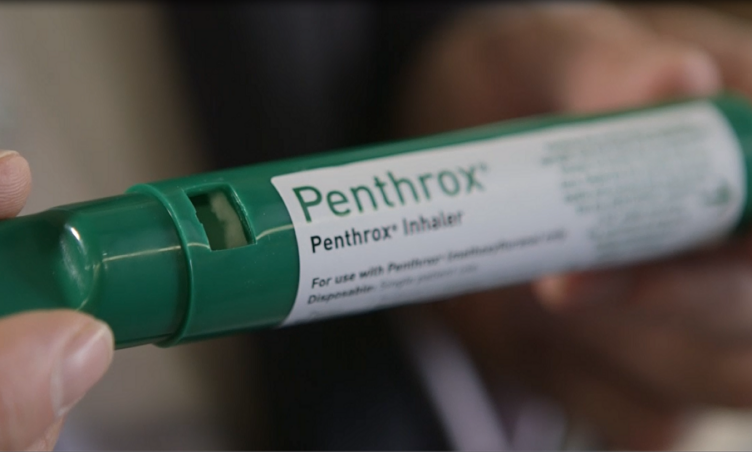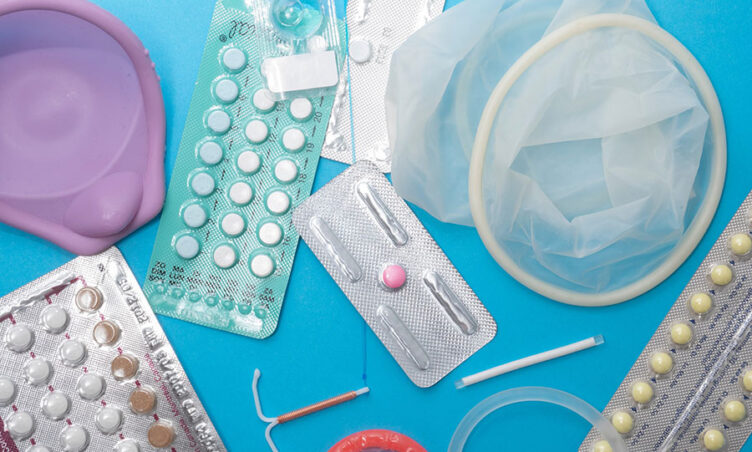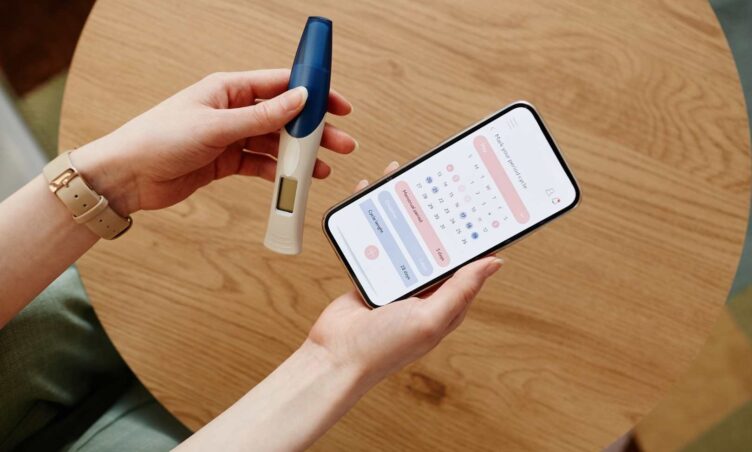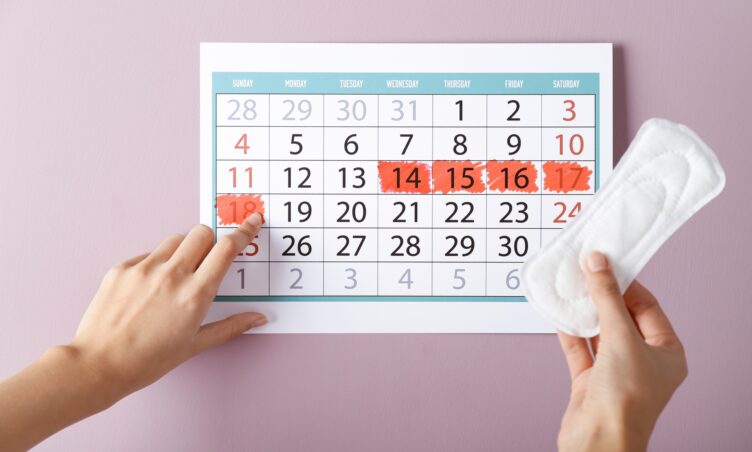What’s it like to get an IUD?
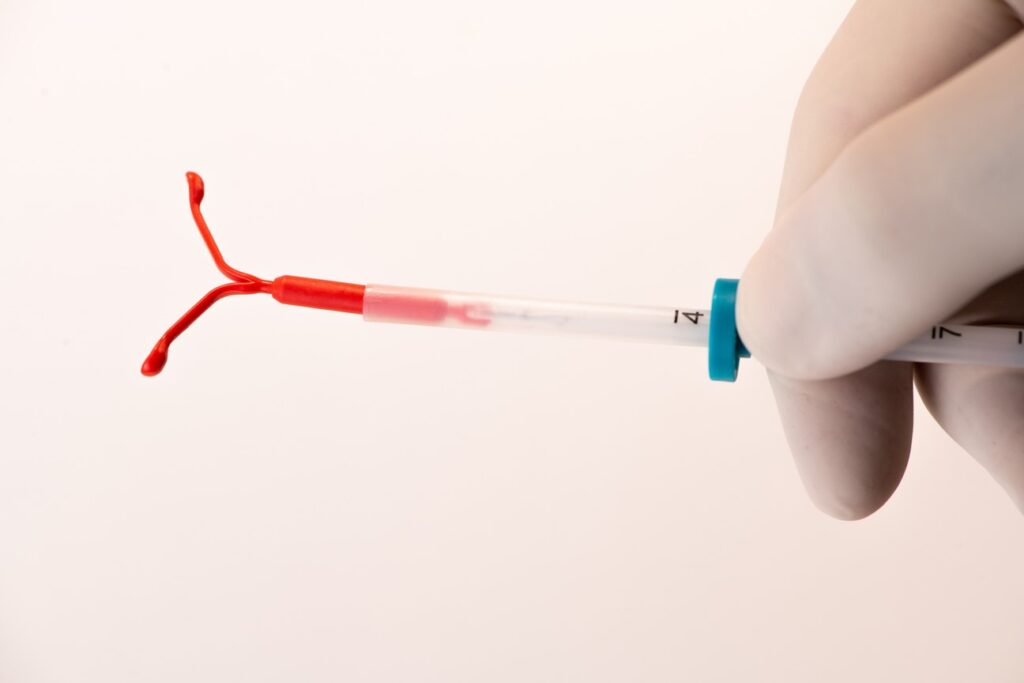
IUDs, or intrauterine devices, are small, T-shaped contraceptive devices inserted in the uterus.
They’re over 99% effective at preventing pregnancy, and last up to 10 years! However, less than 2% of Australian women use them. Part of the reason is that we simply haven’t heard much about them, and don’t know what it’s like to get one. 4 women share their stories here – and remember, everybody reacts to different contraception differently!
- Experience 1:
After struggling with menstrual migraines for almost 12 months, and being back in a cis straight relationship, I thought I’d kill 2 birds with one stone – contraception and possible treatment for menstrual migraine. I was fortunate to find there was a doctor that inserted IUDs at my regular GPs office. It was a 2 visit process and so incredibly thorough – I got a repeat CST, full STI screen including syphilis and HIV, and a vaginal exam to make sure the doctor knew which was my uterus tilted (it’s anteverted rather than retroverted – tilts forward rather than backwards). I felt taken care of right from the get-go.I rocked up for my 2nd visit and was feeling excited and nervous – my blood pressure went up to 140/90. I went in pretty cocky that I’d be able to manage it all, but am still very grateful for the anaesthetic spray (a little spicy but very effective) and for the doctors recommendation to take ponstan and buscopan half an hour before. Everything was super straightforward and painless but then oooh boy – when that uterine sound was inserted to measure the length of my uterus I yelped! It was a feeling I have never experienced before or since but it settled so incredibly quickly that I kind of instantly forgot it. Then we cracked on and the device was in! 15 minutes later I was out the door feeling very accomplished if a little embarrassed about my small yelp. I love my IUD. It is the safest I have ever felt on any form of contraception. And while I wasn’t one of the lucky 15% for whom it suppressed ovulation and therefore my menstrual migraines – I’m still so glad to have it and wouldn’t want anything else. - Experience 2:
The most important consideration for a contraceptive that works for me is choosing a method that can reduce or eliminate my period. As an underground mine geologist, my job requires me to spend large amounts of time with no access to bathrooms. In the past I’ve taken various oral contraceptives and found they had significant negative impacts on my mental health. Deciding on an effective LARC (long-actingreversible-contraceptive) was critical for me, and after receiving health advice, I chose to use a Mirena.I booked myself into a clinic where I had a consultation with a doctor, and had the IUD inserted under general anesthetic on the same day. I chose to have it done under anesthetic, as my work schedule made it hard to book an appointment on my period. For the next two weeks, I had heavier than usual bleeding and some cramping. However, since that month and for the past 2.5 years I’ve enjoyed a complete elimination of my period and no symptoms that come with menstruation like breakouts, mood swings or cramps. Having an IUD is a game changer as I never have to worry if I’m about to get my period or deal with heavy bleeding and cramps while I enjoy a physically active lifestyle. Unlike oral contraceptives, I haven’t noticed any negative side effects on my body. Knowing I won’t get pregnant is a big bonus too! - Experience 3:
After having a bad reaction to a contraceptive pill (I’m talking crying-because-your-dogwalked-away-from-you-level of bad), I decided to look into a hormone-free contraceptive method that was more reliable than condoms and found out about the copper IUD. I was lucky enough to be able to see a doctor with a particular interest in IUDs, and she spent about 45 minutes walking me through all the pros and cons of the different type of IUDs, as well as explaining how insertion worked and what the potential side effects were. After deciding I wanted to go ahead with getting the copper IUD, I received a prescription and had to go and purchase one from the chemist – from memory it was about $80, and the price for insertion was about the same (at a private clinic including the medicare rebate) – so overall it’s a pretty good price!Insertion itself was a bit nerve racking – I am someone with acute health anxiety so even minor procedures can be very stressful for me. My doctor and the assisting nurse did an amazing job of keeping me calm throughout the whole procedure, and while I can’t say the feeling of my cervix being opened by a speculum was pleasant, it was all over pretty quickly and I had a bit of light spotting but no real pain or long term issues. Of course, this is different for everyone but in my experience it wasn’t too big of a deal. The IUD worked really well for about 3 years, and then for some reason it caused spotting and irregular periods, so the decision was made to remove it and get a Mirena IUD instead. I would highly recommend IUDs as a long term contraception method because after insertion you forget they’re there! - Experience 4:
My IUD story starts with my period. Until I was in my 30s my period only lasted 2-3 days, was regular, and easy. After pregnancy and breastfeeding it was normal for awhile, but gradually got heavier and heavier and heavier. I eventually went to the GP who did some tests and declared I was very low in iron and probably needed hormonal contraception to manage the bleeding. She didn’t provide this service, so referred me to a gynaecologist. As gynaecological procedures often do, it started with a speculum, and I felt some pressure but no pain. But when she attempted to insert the IUD, it just didn’t work. I lay on the bed gritting my teeth through the discomfort of my cervix being poked and prodded for several minutes until she gave up. I’d given birth twice and have a good pain threshold, and had my period during the procedure, but it just didn’t work. I was so disappointed. My gynaecologist told me that my experience was rare, and I could try again another day, or have insertion under sedation.Worried about being disappointed by another failed insertion attempt, I booked in for insertion under sedation. On the day of my procedure I needed to fast beforehand and wait around awhile. The procedure itself was over and done with very quickly. After 2 years of having a hormonal IUD I can say that the things I would hoping it would do have happened. My bleeding settled down within three months of insertion, and I now have ultra-light periods, no more iron deficiency, and the added benefit of a supereffective contraception. Whilst it was a bit of a hassle having it inserted, it has certainly made a huge and positive difference to my life and to my health.


